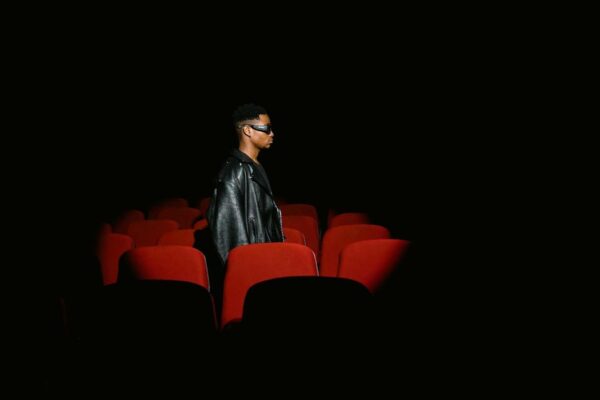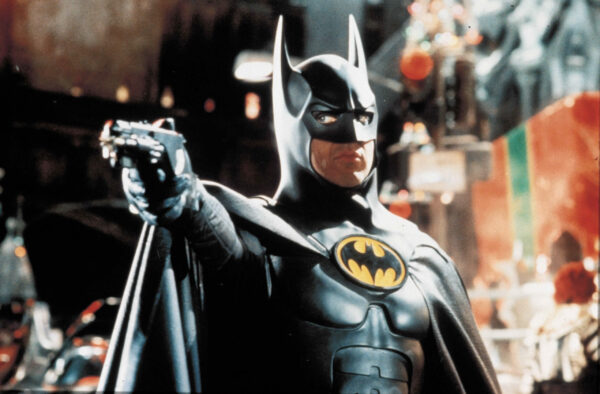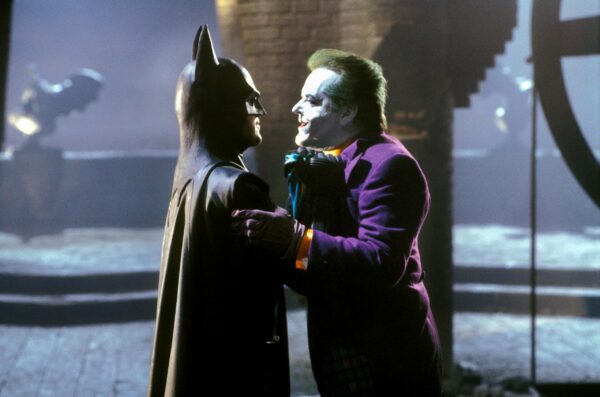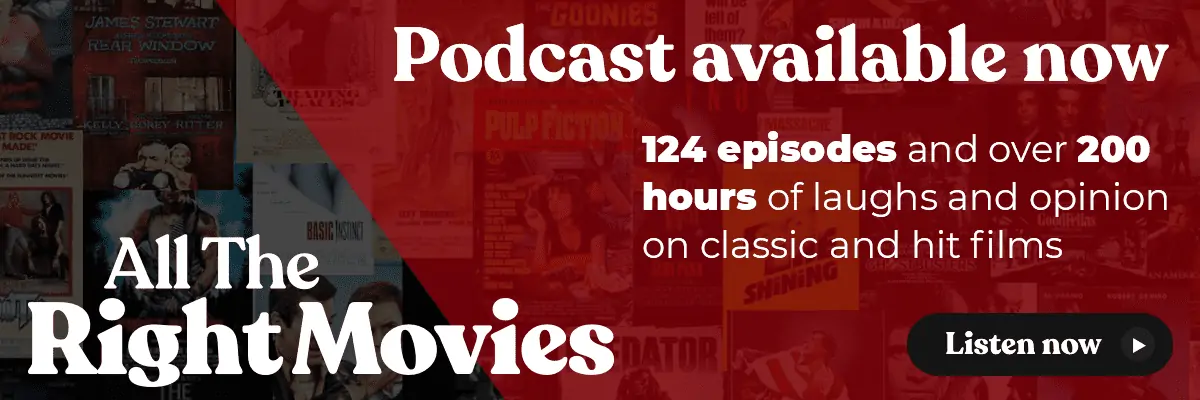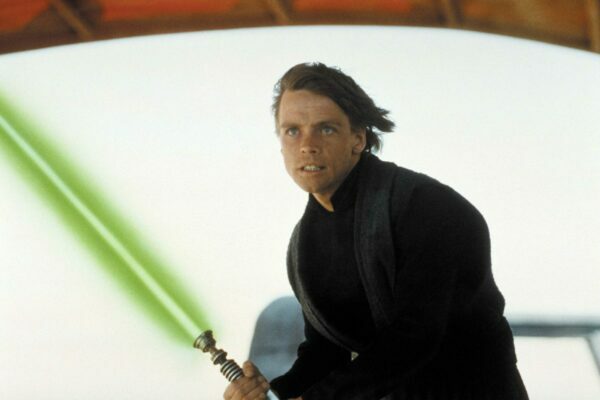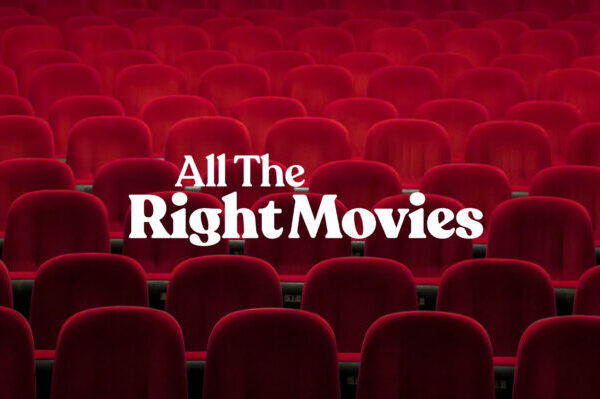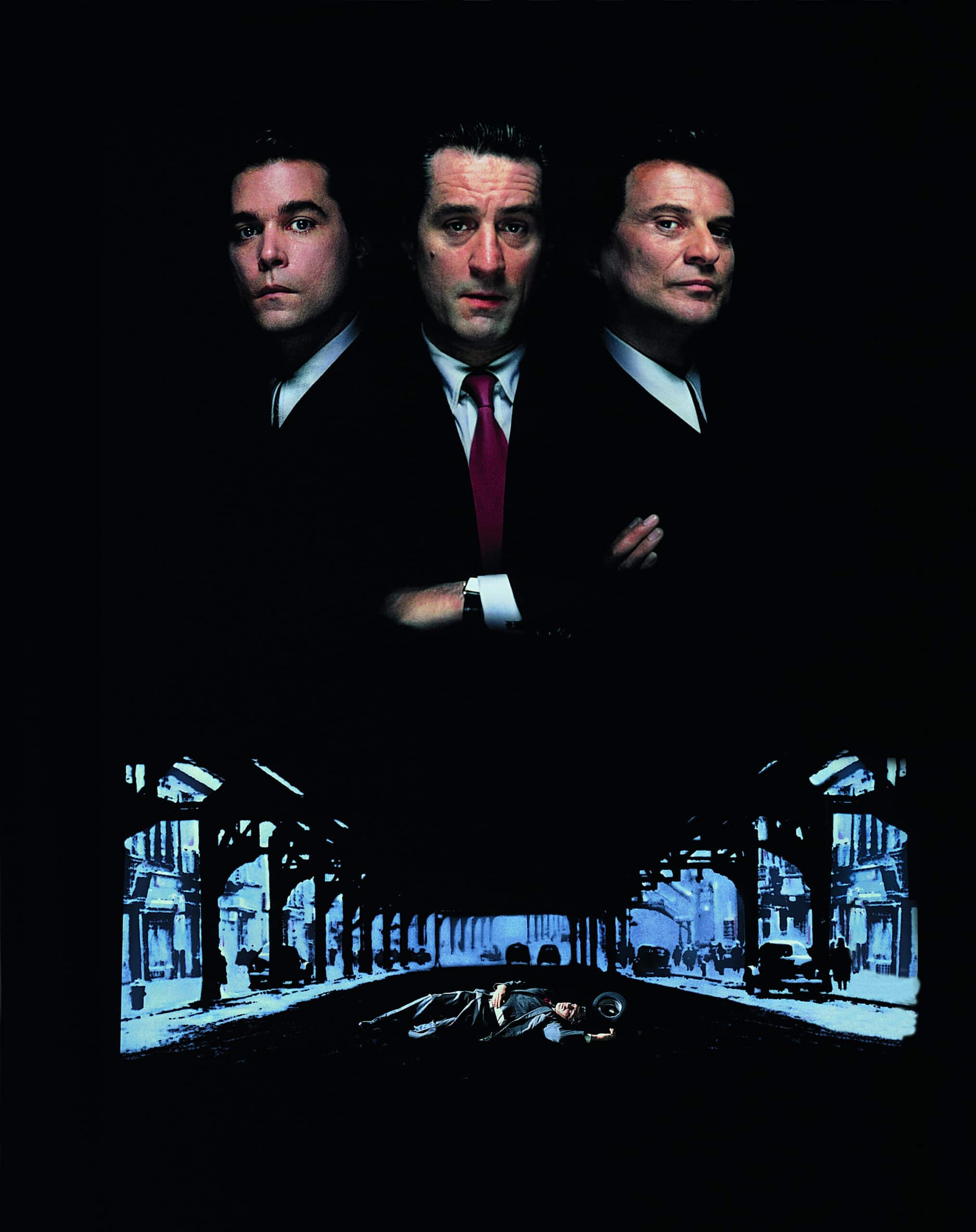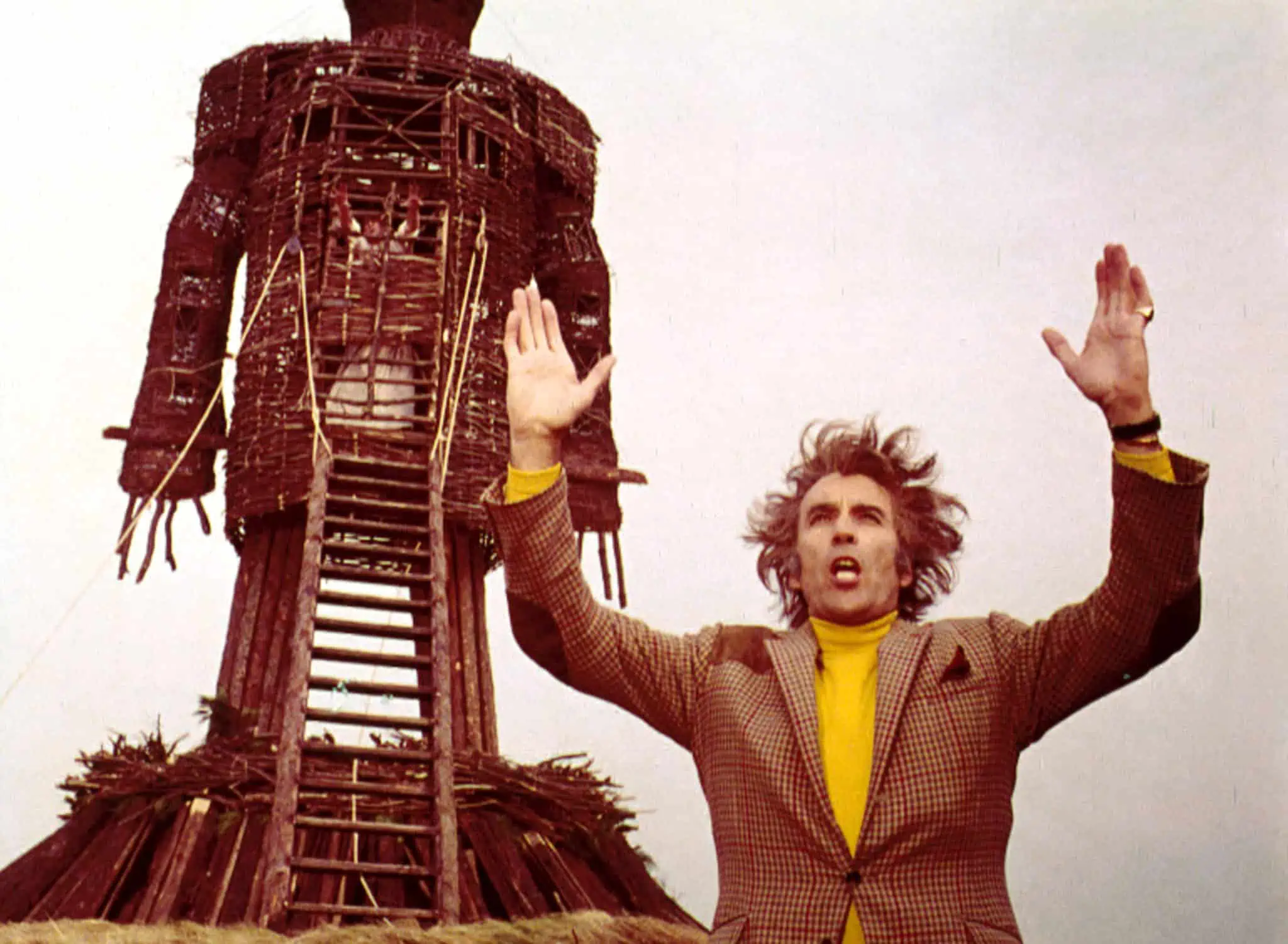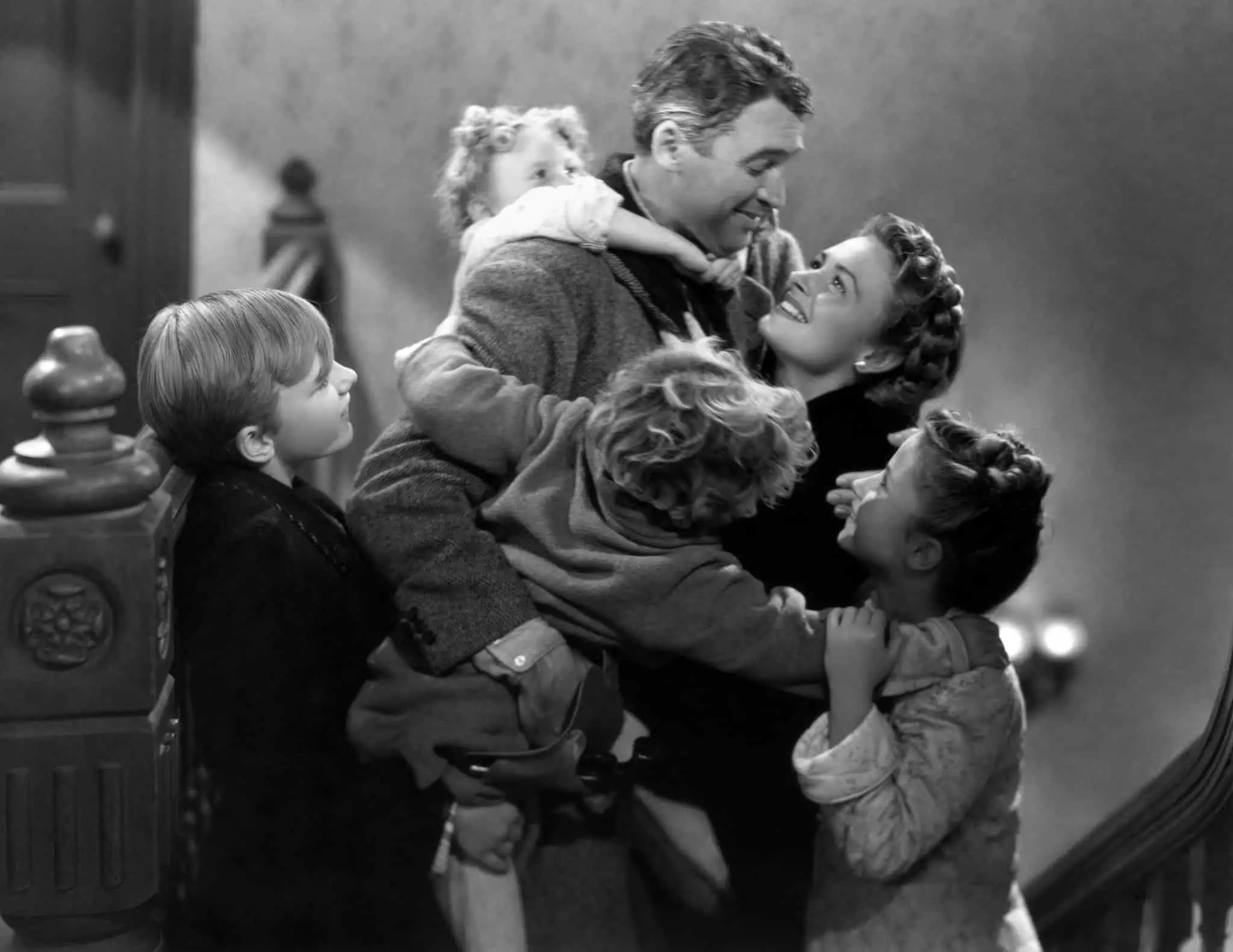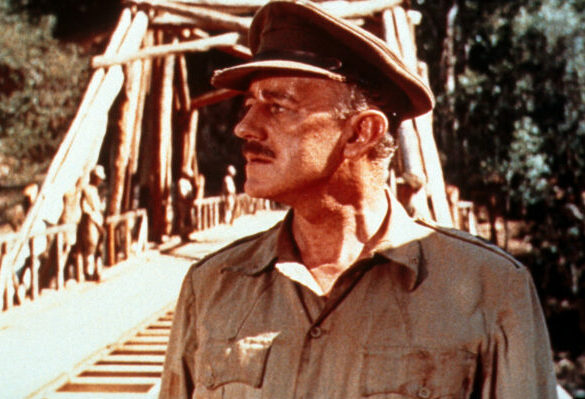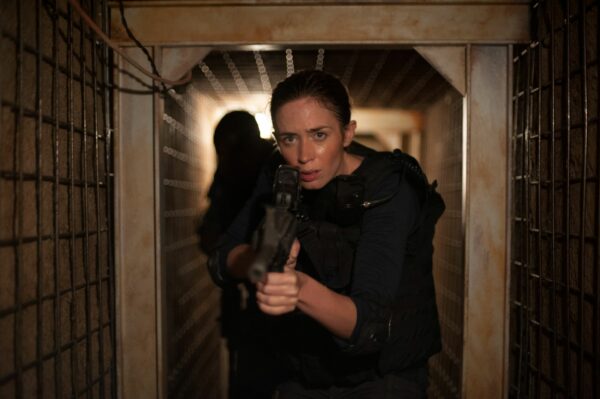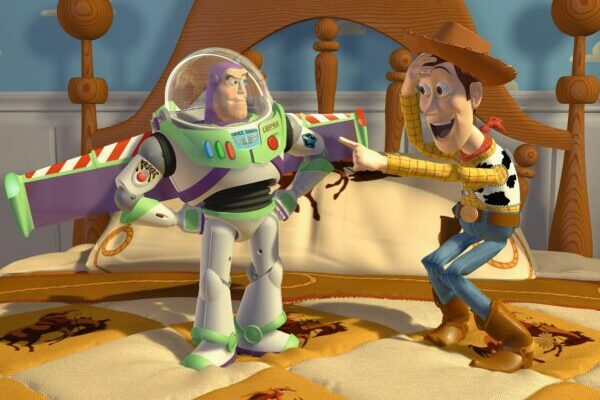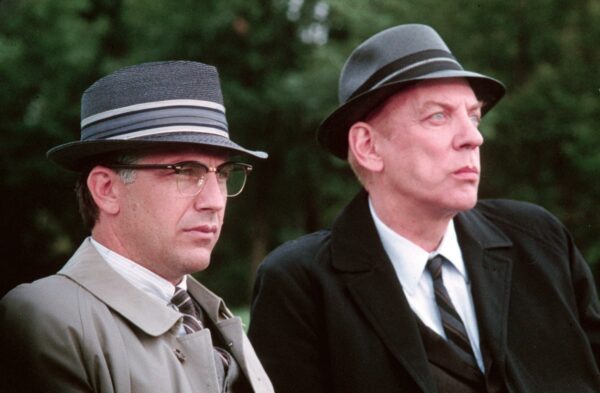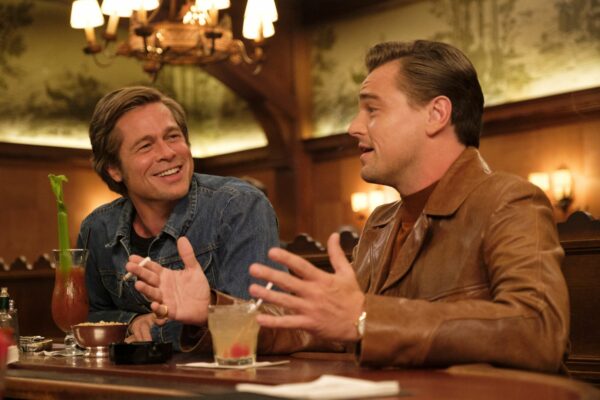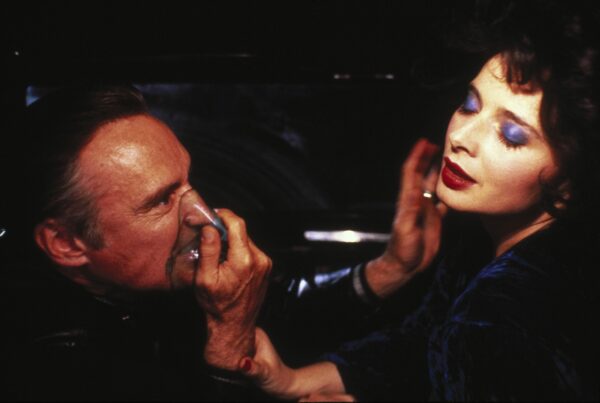
Michael Mann is a favourite of ours and Joey Jones has some interesting and fun facts about Heat to tell the behind the scenes story of Mann’s gritty crime classic.
By 1995, Michael Mann had already built a reputation for being a dab hand with gritty crime thrillers with films like Thief (1981) as well as bigger-budget spectacle movies having helmed The Last of The Mohicans in 1992, and Heat is possibly the definitive Mann movie. Bringing together Robert De Niro and Al Pacino to share a screen together for the first time, it has been acclaimed for its storytelling, action sequences, and realism in portraying a professional criminal outfit.
To explain all that and more, we’ve got 25 fascinating and fun facts about Heat – a crime movie classic.
1. The opening sequence proved problematic
The opening scene sees Neil McCauley (Robert De Niro) and his crew hold up an armoured truck and make off with $1.6m in bearer bonds. They disable the truck by ploughing into it in a tow truck, and the moment proved difficult to shoot. Security trucks are designed specifically so that they can’t be knocked over when they’re rammed, so the production crew had to add lots of extra weight to the roof of the armoured vehicle so it would tip over. The first few times they tried, it just rocked back and forth.
The opening armoured truck scene in the film
2. One of the main cast members was surprised to be offered the part
One of the things that sets Heat apart from most other crime movies is the character drama at the heart of the story. It starts when we see LAPD Lieutenant Vincent Hanna (Al Pacino) and his family arguing about work. Diane Venora plays Hanna’s wife, Justine, and she said she was surprised she got the part because the script described Justine as, “a funtime redhead with thighs for days” where Venora is a brunette.
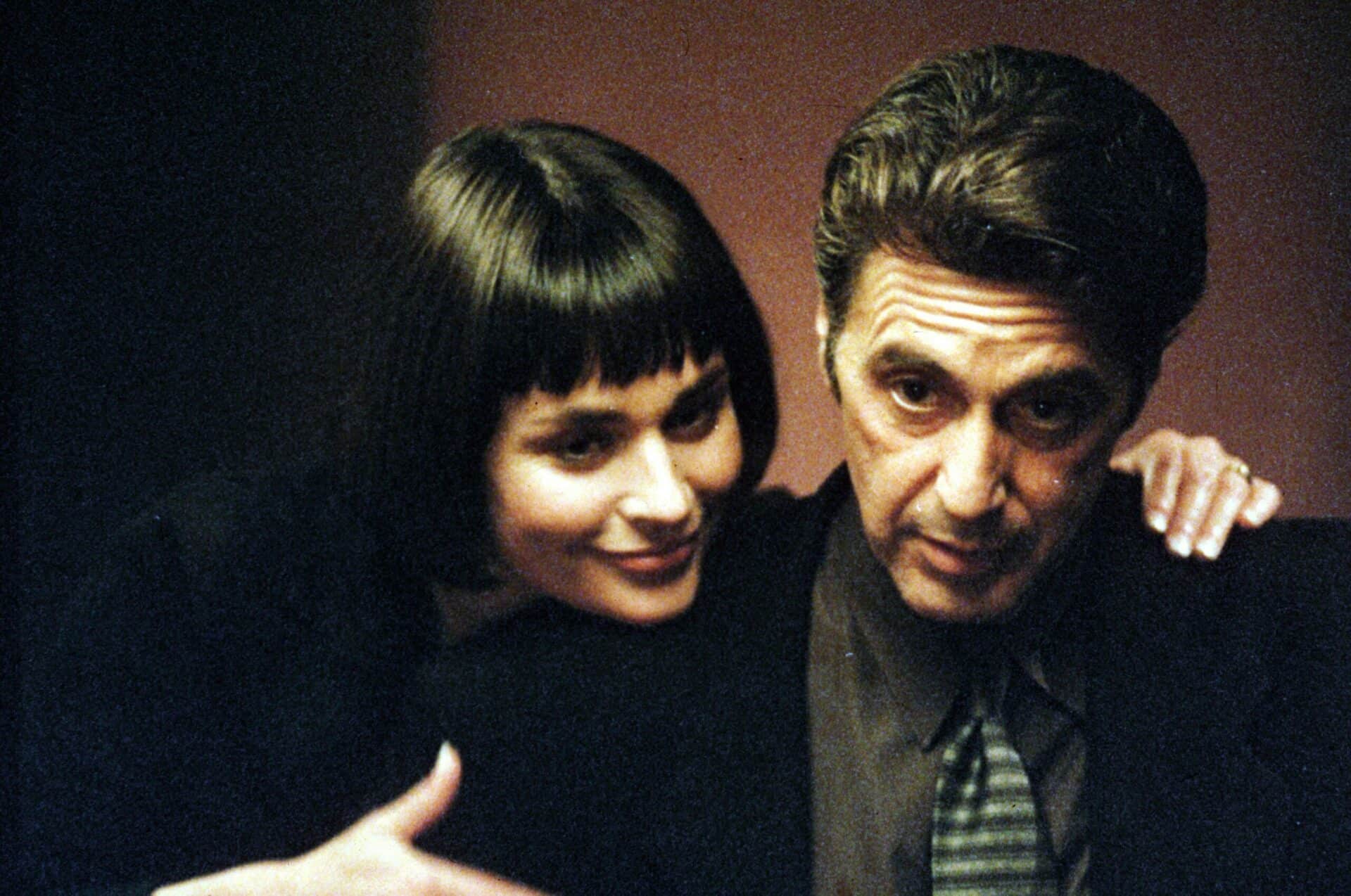
Diane Venora and Al Pacino
3. The film has one digital effects scene
Heat is routinely praised for its excellent practical visual effects (more on that later), but there is one digital effects scene in there too. It comes in the moment where McCauley and his girlfriend, Eady, are on the balcony of her apartment. The balcony looks over L.A. and Mann filmed it in front of a green screen and the background was shot filmed separately, because Mann wasn’t happy with how it looked originally. If you take note, it is fairly obviously green screen.
4. Heat was based on a TV movie
Heat was Mann’s 5th feature film, but he’d actually first had the idea back in the early 80s. At that time he wanted Walter Hill to direct it, but Hill said no, so Mann developed it as a TV movie called L.A. Takedown that aired in 1989.
After The Last Of The Mohicans came out in 1992, Mann’s next project was going to be a James Dean biopic. He was still shopping round Heat, though, and still looking for a director. He met with producer Art Linson about co-producing Heat with Mann and Linson said to him:
“You’re out of your mind. You have to direct it. And, I can get Bob and Al for the leads,” meaning Bob De Niro and Al Pacino.
The bank job shootout scene in L.A. Takedown
5. Mann had to convince a cast member to accept her part
Neil McCauley’s put upon girlfriend, Eady, is played by Amy Brenneman. She received acclaim for her performance in the film but at first she actually didn’t want to be in the film, and said no to an audition. Mann wanted to meet her, though, and called her up and said, “I hear you don’t like my script – why not?”
Brenneman told him she was sick of men and guns and resolving things through fighting. And Mann said, “In that case, you’re perfect for the part,” and convinced her to take it.
6. Realism was very important to Mann
The film moves at a breakneck pace, and this was reflected in the production schedule. Heat was filmed entirely on location in L.A. – the shoot was 107 days and they filmed at 95 locations in those 107 days, and Mann didn’t shoot anything on a soundstage. He did all of this because he wanted to present the film as realistically as possible.
Mann committed to the realism 100% and did a lot of preparation to make the film as truthful as possible. Some of the lengths he went to:
- Mann would go out with an on-duty LAPD officer and respond to radio calls. He did this every Friday and Saturday for 6 months, and Mann said he used a lot of the things that happened on these calls in the film, and also lots of the locations he was sent to end up in Heat.
- Mann arranged for the main cast to meet with real-life LAPD detectives and professional criminals for dinner at a restaurant, so the actors could see how the real people interacted with each other.
- Robert De Niro, Val Kilmer, and Tom Sizemore also went to Folsom State Prison and met with real life criminals who were behind bars.
- Mann also had Ashley Judd – who plays Chris’ wife, Charlene – meet with real-life L.A prostitutes, because Charlene is a former prostitute in the film.
- And Dennis Farina acted as a consultant on the film. Mann knew Farina from working in TV together on hit TV show Miami Vice, and Farina was a former Chicago police officer. So he gave advice on characters, locations and dialogue, to make sure it was truthful.
7. Some big names could have played Vincent
Al Pacino was Mann’s first choice to play Vincent Hanna, but he did have some other names lined up in case they couldn’t get him: Mel Gibson, Nick Nolte, and Don Johnson were all on Mann’s list as second choices.
8. Pacino improvised a famous line
One of the most well-known – and oft-quoted – moments in the film is when Hanna interrogates Charlene’s Lover Alan Marciana, played by Hanka Azaria, and shouts, “She’s got a great *ss! And you’ve got your head all the way up it!”
Pacino improvised the line, and Hank Azaria said: “It scared the hell out of me. Genuinely terrified me. The look on my face was not acting at all.”
Vincent interrogates Marciano
9. Pacino took inspiration for the character from a real-life figure
For the look of Vincent, Pacino took inspiration from a basketball coach called Pat Riley. He was the L.A. Lakers coach and would wear Armani suits and had slicked back hair. (Riley also inspired the look of Michael Douglas in Wall Street in 1987, and Kurt Russell in Tequila Sunrise in 1988).
Also, an early draft of the script had Vincent written as a cocaine addict, but Mann removed it.
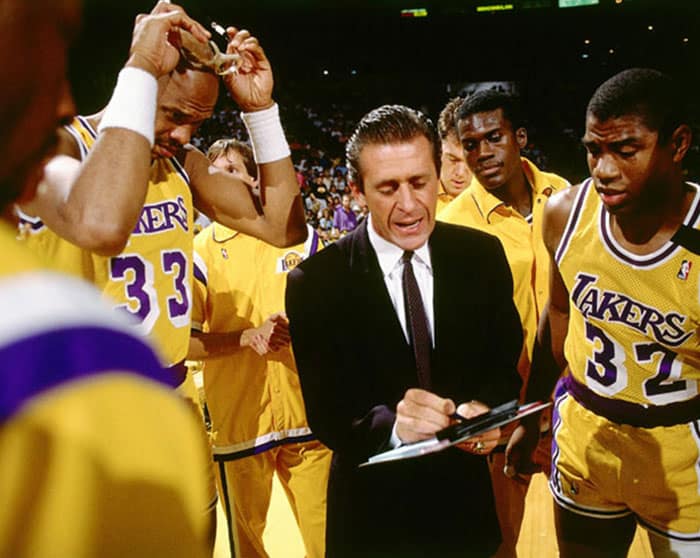
Pat Riley, who inspired the appearance of Vincent
10. There were some backups for De Niro, too
Like with Pacino, De Niro was Mann’s first choice to play Neil McCauley, but he had some other names in mind, just in case.
Because the film is so dependent on the dynamic between Vincent and Neil, Mann had double acts of actors lined up. So, if Vincent had been played by Mel Gibson, Mann wanted Harrison Ford as Neil. And if Nick Nolte had played Vincent, Neil would have been Jeff Bridges.
11. Unsurprisingly, De Niro went method
De Niro is the method man, of course, and insisted that all of the shirt collars Neil wore were perfectly starched, because that’s how they would have been when he was in prison. And he wears grey suits so that he blends into the crowd and doesn’t draw attention to himself.
Michael Mann thought De Niro was fantastic, and he said about him:
“Bobby is terribly smart – brilliantly analytical. He’s always asking ‘Why does this guy do that? Why does he say this? Why does he wear that?’ Specifics are very important to him and expressive of his character.”
De Niro as Neil McCauley
12. Val Kilmer was almost not cast
Neil’s second-in-chief member of his gang, Chris Shiherlis, is played by Val Kilmer. Kilmer wasn’t always a shoo-in to play Chris though, and there were a lot of other names up for the role before he was cast.
Carsten Norgaard – who played the bad guy in D2: The Mighty Ducks (1994) – was an option, and some bigger names were Jean Reno, Brad Pitt and Johnny Depp.
And, when Mann turned to Val Kilmer, Kilmer originally turned the role down because of scheduling conflicts with Batman Forever (1995), so somebody else was signed up to play Chris. Keanu Reeves was cast and due to play the part but, at the last minute, Kilmer’s schedule freed up, so Reeves was released.
13. Kilmer did not like wearing the mask
Danny Trejo, who played Trejo in the film, tells a story about working with Val Kilmer where, when they were shooting the opening heist scene, Kilmer was telling Trejo how he’d just turned down a $40m offer from Warner Bros to play Batman in another Batman film. He apparently told Trejo, “I’m too talented to wear a mask,” and, just as he said this, a production assistant appeared and said, “here you go, Val” and gave him the ski mask he wears in the heist scene. Trejo said, “Val looked at the mask and said ‘I’m sick of this.’”
14. Somebody else was originally cast as Michael, too
Tom Sizemore plays Michael Cheritto, the third member of Neil’s gang. Like with Val Kilmer playing Chris though, Sizemore could have easily not been in the movie.
William Petersen turned the role down. And somebody else considered to play Michael was Jean Claude Van Damme.
Michael Madsen was originally cast as Michael, but replaced by Sizemore for, “undisclosed reasons”.
Tom Sizemore as Michael
15. The movie’s most famous scene features no action
Heat wasn’t the first time that De Niro and Pacino had appeared in a movie together. They’d both starred in The Godfather Part II in 1974 but played characters in different timelines, so Heat was the first time they shared a scene. The scene takes place when Neil and Vincent talk over coffee in a restaurant, and its probably the movie’s most famous scene.
The scene was shot at a coffee shop in Beverly Hills called Kate Mantilini. After the film came out, the restaurant had “HEAT” written in big neon letters above the door and customers could request the same table where Vincent and Neil sat – table 71. Mann used the restaurant’s real-life employees as the extras in the restaurant and, after filming wrapped, he gave each one of them a Screen Actor’s Guild Card, which made them part of the Hollywood acting union. Unfortunately, the restaurant closed in 2014.
At De Niro’s suggestion, the two actors didn’t rehearse the scene beforehand. To create the tension and the edge that they wanted, they just turned up having learned the lines, and started recording. What we see in the film was take 11.
Also, there’s a myth that Pacino and De Niro shot their scenes separately because we don’t see them sharing the screen in this scene. That isn’t true and, in widescreen versions (which is how Mann intended for it to be seen) you can see them sitting at the table together.
The famous restaurant scene in Heat
16. Vincent and Neil are yin and yang
Mann wanted the relationship between Vincent adn Neil to power the movie, and wrote the characters as two sides of the same coin, drawing many parallels between them:
- Both Vincent and Neil used to be in the marine corps. Nate tells Neil that after doing some intel on him, and we see Neil has marine corps tattoos when he’s in bed with Eady.
- They’re both great at their jobs. Always one step ahead of their colleagues, experienced, dedicated, and snappy dressers.
- They both sacrifice relationships for the job.
- And both characters have a tic whereby they check the chambers of their guns before breaking down a door in the film.
- And In Vincent’s team, the only person who dies is his number 2, Bosko (played by Ted Levine). In Neil’s crew, his number 2 – Chris – is the only one who survives.
17. Vincent and Neil are loosely based on real life people
For years, Michael Mann had worked with a retired policeman called Chuck Adamson. He used Adamson as a consultant on Thief (1981) and his TV show Miami Vice. And a lot of the plot in Heat is based on a real-life confrontation between Adamson and a thief called Neil McCauley. Key moments in the film like the coffee shop scene between Vincent and Neil, and the warehouse sting – where Neil is alerted when a policeman make a noise – are both based on real events. And, in real life, Neil MacCauley was killed during a grocery store robbery in an epic shootout with police, similar to the bank job shootout in Heat.
Some other characters are based on real-life criminals too. Nate (played by Jon Voight) is based on a career criminal called Edward Bunker. Bunker was cast by Quentin Tarantino in Reservoir Dogs (1992). And Waingro was based on a real criminal – also called Waingro – who ratted out some powerful Chicago criminals to the police. On the DVD commentary for Heat, Mann say that the real Waingro went missing and his body was found in north Mexico, nailed to the wall of a shed.
Neil is alerted to the police stakeout
18. Mann took visual inspiration from artists
Mann’s Director of Photography on Heat was Dante Spinotti, and they do some great work together. One of the standout shots is near the start of the film. After Waingro gets away from the crew, and Neil goes back to his ocean-view apartment, we see a shot where we pan up from Neil’s gun on the table to Neil shadowed in the window looking out at the ocean, lit in neon blue.
This shot is based on a painting by an artist called Alex Colville. The painting is from 1964 and is called ‘Pacific.’ It depcits a man standing against a window with a gun on a table in the foreground.
About his time and work on Heat, Dante Spinotti said:
“Michael knew what he wanted to do with the camera, so Heat wasn’t a film where I was telling the story with visuals. It was about interpreting the scenes with lighting in a way that is functional and also fascinating and dynamic.”
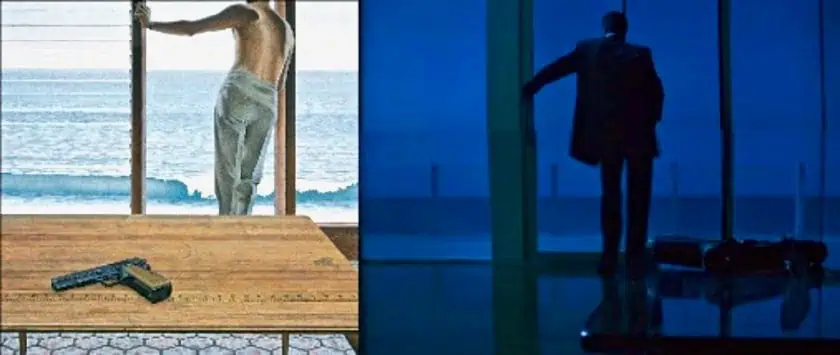
Pacific, by Alex Colville alongside the shot in Heat
19. The bank job shootout is hyper-realistic
The movie’s most famous action scene is undoubtedly the epic gunfight betweeen the LAPD and Neil’s crew after the bank job.
Rather than dubbing in the gunshots in post-production, Mann had mics placed round the set in specific places. This was so they could capture the audio live to add to the realism.
The shootout was deemed so realistic, in fact, that the way Neil and Chris behave and move round and cover each other to gradually shoot their way out has been shown to both US marine recruits and British Army Officer cadets as an example of the correct way to retreat under fire.
The cast were given weapons and tactics training by former SAS members Andy McNab and Mick Gould. Val Kilmer in particular trained for months prior to production practicing how to load and reload his weapon really quickly. This was to to train for the specific moment where Chris runs out bullets then quickly changes his magazine. This has also been shown to marine recruits as an example of how it’s possible to reload properly and extremely quickly under fire.
The epic shootout in Heat
20. There was an issue with filming the shootout, though
There was a problem Mann had to deal with in shooting this scene, though. It was filmed on location in downtown L.A. and they were only allowed to film on weekends. So Mann had to film parts of the shootout around the rest of the film. This took place over many weeks, rather than in one go, as he would have preferred.
21. Mann’s attention to detail was to the second
Twice in the film, Neil recites his mantra. “Never get close to something that you’re not willing to walk away from in 30 seconds flat when you feel the heat around the corner.” And there’s a moment towards the end where Neil, having just killed Waingro, comes out of a hotel where Eady is waiting and is spotted by Vincent. Neil looks at Eady and Vincent and then walks away – he deliberates for 30 seconds exactly.
The moment Neil leaves Eady
22. The ending of the film was originally different
The film ends with Vincent pursuing Neil across an abandoned airfield, and outdrawing him in a shootout. Mann said that how to end the film was actually the part of the writing that troubled him the most, and he did consider an ending whereby Vincent and Neil would shoot at the same time and kill each other.
Mann settled on Vincent surviving though, and said: “It occurred to me that Neil had to die with the only other guy on the planet who understood him totally. I then reverse-engineered that into a lot of previous scenes to build that final moment.”
So that strong bond and parallel between Vincent and Neil wasn’t there originally but Mann came up with that ending and then wrote it back into the rest of the film.
The climax to Heat
23. Heat influenced other crime films
Any hard-hitting crime thriller that wants to create realism since 1995, you can almost guarantee the director of that movie will have studied Heat.
Ben Affleck took inspiration from Heat when he wrote and directed The Town (2010), which is a heist movie. And, when he was doing research for The Town, Affleck interviewed real criminals and police officers. He said, “when I was interviewing people in prison they referenced Heat. When I interviewed the police, they referenced Heat. And when I was interviewing the FBI, they referenced Heat. The people who have been involved in this stuff all say watch Heat. That’s what it’s like.”
Heat was also an influence on Christopher Nolan, maybe the biggest event moviemaker this century. Nolan calls Heat, “An American masterpiece” and Mann’s film stands out as something that Nolan goes back to time and again for inspiration. The Dark Knight (2008) starts with the Joker pulling a bank heist. Also, Hans Zimmer’s score for that film is very similar to Elliot Goldenthal’s work on Heat.
24. Heat influenced real life, too
Heat was deemed as being so realistic that it actually inspired real-life criminals in how to take their scores.
In L.A. in 1997, 3 gunmen held up a Bank Of America with assault rifles. There was a 44-minute shootout, and all the gunmen were killed. However, when details came out later, witnesses said the robbers had told them, “We’re here for the bank’s money, not your money. Your money is insured by the federal government.” Which is exactly what Neil says to the hostages in the bank in Heat.
Then, in Cali, Colombia in 2003, a crew of masked robbers drove a bus into an armoured van to tip it over. They had been inspired by the opening in Heat, and made off with $350,000 in cash.
25. A sequel to Heat is a possibility
There’s not been any movie sequels to Heat of course, but there could be.
Firstly, about 10 years after Heat, Val Kilmer had an idea for a sequel. This is a direct quote from Kilmer, explaining his idea:
“Here’s my pitch. You remember Natalie Portman in Heat? She’s Pacino’s adopted daughter, so she comes home and says, ‘Daddy, daddy, I want you to meet my fiancé.’ And it’s me. Pacino’s retired to Chicago and I come to Chicago and I’m going to torture him, and then I’m going to kill him.”
More likely as a potential big screen follow up is Heat 2, a novel published in 2022. Written by Michael Mann with Meg Gardiner it serves as both sequel and prequel to the 1995 movie. So, watch this space for updates on a potential big scren adaptation.
And we’re at the end – 25 fascinating and fun facts about Michael Mann’s crime classic. Please share on your social platforms, and subscribe to our YouTube channel for lots of great video content.
The beginning of a beautiful friendship
Stay up-to-date with all things All The Right Movies by signing up for our e-newsletter.
